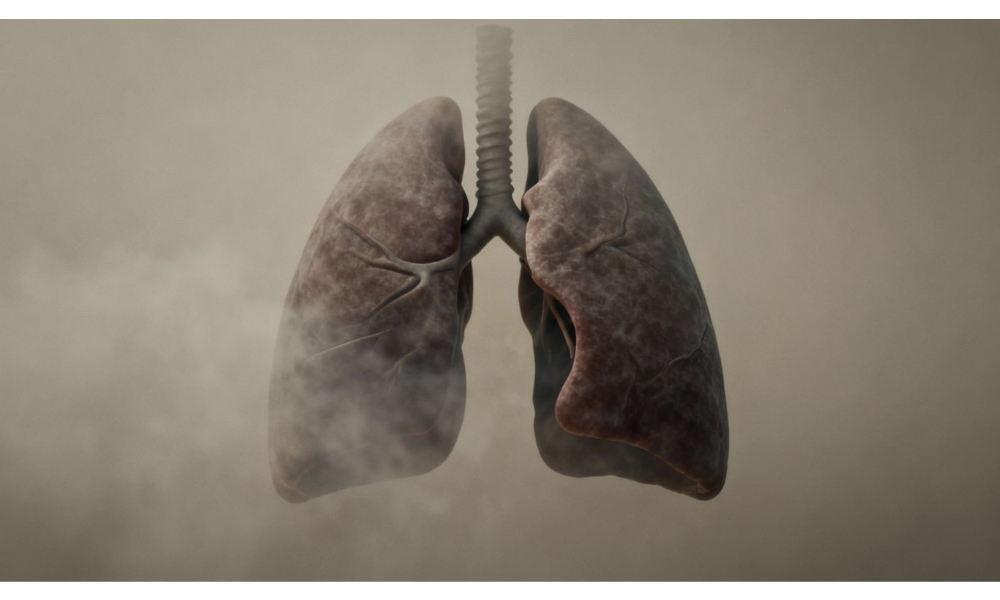Shoulder rehabilitation is essential for restoring function after injury, surgery, or strain. Whether you’re an athlete, a manual worker, or simply someone recovering from a shoulder condition, the right rehab program can significantly accelerate healing and improve your quality of life.
This guide outlines effective rehabilitation strategies—covering assessments, exercises, and professional care—to help you recover safely and efficiently.
Introduction to Shoulder Rehabilitation
Early intervention is key. Starting rehab soon after injury:
- Prevents further damage
- Reduces pain and stiffness
- Improves mobility
- Lowers the risk of chronic conditions
Common Shoulder Injuries
- Rotator Cuff Tears – Cause pain, weakness, and difficulty lifting.
- Frozen Shoulder – Limits range of motion, often due to inflammation.
- Dislocations – Occur when the shoulder pops out of its socket.
- Tendinitis – Inflammation of tendons causing pain with movement.
- Bursitis – Swelling in the fluid-filled sacs that cushion the joint.
Proper rehabilitation helps manage and recover from these conditions effectively.
Assessment and Diagnosis
Rehabilitation begins with a thorough medical evaluation:
Patient History & Symptom Discussion
- Describe your pain (location, intensity, duration)
- Mention movements that trigger discomfort
Physical Examination
- Doctors assess range of motion and strength
- Observe how your shoulder responds to specific movements
Imaging Techniques
- X-rays for bone injuries and alignment
- MRI scans for soft tissue damage
- Ultrasound to observe muscles and tendons in motion
These tools ensure a complete understanding of the injury for precise treatment planning.
Pain Management Strategies
Managing pain is a priority in early rehab:
Medication
- Over-the-counter options like ibuprofen or acetaminophen reduce inflammation
- Prescription medications may be used for more severe pain—always consult your physician
Cold & Heat Therapy
- Cold packs: Apply for 20 minutes every few hours to reduce swelling
- Heat pads: Use after swelling subsides to relax muscles
- Alternate both for enhanced relief—always use a cloth barrier to protect skin
Range of Motion (ROM) Exercises
Regaining flexibility is a gradual process:
Passive ROM
- Another person (or a device) moves your arm for you
- Helps gently stretch stiff tissues
- Example: Lying down while someone lifts your arm overhead
Active ROM
- You move your arm independently
- Begin with slow, controlled lifts or arm circles
- Daily repetition is crucial for progress
Strengthening Techniques
Once mobility improves, build muscle to support the joint:
Resistance Training
- Use light weights or resistance bands
- Focus on controlled movements: shoulder presses, lateral raises
- Perform 8–12 reps per set; increase load gradually
Isometric Exercises
- Hold muscles in a static position without moving the joint
- Examples: wall push-ups, plank holds
- Start with 10–15 seconds and build endurance
Tip: Maintain proper posture during all exercises to prevent strain and enhance effectiveness.
Flexibility and Stretching
Incorporate both static and dynamic stretches:
Static Stretching
- Hold positions for 15–30 seconds
- Best performed after workouts to improve flexibility
- Examples: cross-body shoulder stretch, overhead triceps stretch
Dynamic Stretching
- Involves movement—great as a warm-up
- Examples: arm circles, arm swings
- Perform 10–15 reps for each movement
Functional Training
Functional rehab helps you resume everyday activities:
Daily Movements
- Practice tasks like lifting, reaching, or pushing
- Builds strength and coordination for daily life
Sport-Specific Drills
- Tailored to your activity (e.g., throwing for baseball players)
- Start with basic motions and increase intensity gradually
Consistency is key—progress steadily to avoid reinjury.
Preventing Future Injuries
Recovery doesn’t end when the pain stops. Prevention ensures long-term shoulder health.
Ergonomics
- Maintain a neutral shoulder position at your desk
- Adjust monitor height and keyboard placement
- Take breaks to stretch and move
Exercise Routine
- Incorporate daily shoulder mobility and strength training
- Use resistance bands, arm rotations, and light weights
- Build a habit of regular movement
When to Seek Professional Help
Some signs require immediate medical attention:
Signs of Complications
- Intense pain or swelling
- Redness, warmth, or weakness
- Numbness or tingling
- Visible bruising or shoulder deformity
Don’t ignore symptoms—early care can prevent lasting damage.
Choosing the Right Specialist
- Look for a licensed orthopedic or sports medicine specialist
- Check reviews and credentials
- Ensure they accept your insurance
- Ask for recommendations and ensure you’re comfortable with their care
Frequently Asked Questions
How do you rehabilitate your shoulders?
With a combination of stretching, strengthening, and pain management. Always consult a professional for a personalized plan.
Can you rehab a shoulder without surgery?
Yes. Many shoulder conditions improve with conservative care, including physical therapy and lifestyle modifications.
How long does it take to rehab a shoulder?
Typically 6 to 12 weeks, depending on the injury and consistency of treatment.
What’s the fastest way to heal a shoulder?
Use RICE (Rest, Ice, Compression, Elevation), follow a rehab program, and avoid strain. Get professional guidance for optimal recovery.
Conclusion
Proper shoulder rehabilitation plays a vital role in a full recovery. With the right exercises, good posture, and consistent effort, you can regain mobility, reduce pain, and return to daily life or sport safely. Trust the process, stay consistent, and work with a healthcare provider to ensure long-term success. Your shoulder health is worth the investment—every stretch and rep brings you one step closer to full strength.
Content provided by FYZICAL Therapy & Balance Center Coral Springs
2234 N University Dr, Coral Springs, FL 33071
(954) 779-4549





